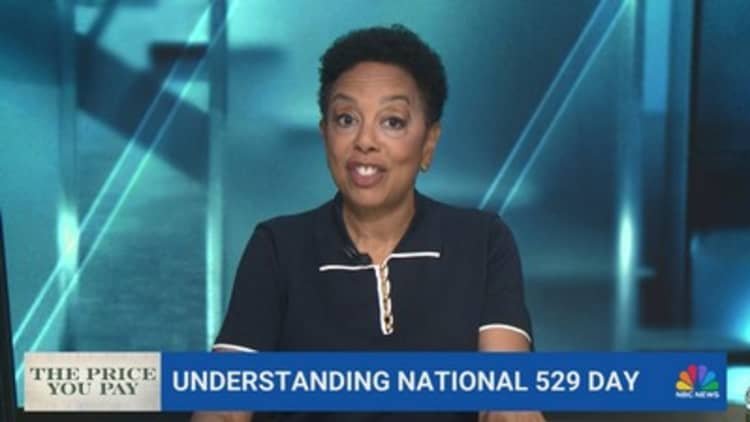Understanding the Challenges of Rising College Costs
As the fall semester approaches, the burden of soaring college costs remains a significant concern for many students and their families. A recent study conducted by Citizens Financial Group highlights a noticeable "confidence gap." While 59% of parents initially felt assured about managing college expenses when their child was accepted, only 21% reported feeling prepared for the actual financial demands once the tuition bills arrived.
The Reality of College Expenses
"The ongoing rise in attendance costs continues to outpace the availability of federal loans, grants, and other forms of financial aid," notes Chris Ebeling, the head of student lending at Citizens. Initial optimism can quickly turn into stress as families confront high bills. This sentiment is supported by a survey conducted in April and May, which involved over 1,000 parents of children aged 13 to 29 with college aspirations or experiences.
College tuition has dramatically increased over the past few decades, averaging an annual rise of 5.6% since 1983, far exceeding inflation and the growth of general household expenses. Many institutions are now reporting total annual costs exceeding $100,000, with tuition continuing to rise at approximately 5% each year.
The Cost Families Actually Bear
Few families end up paying the published tuition rates. For the 2024-25 academic year, families are expected to spend around $31,000 on average for education costs, according to the annual "How America Pays for College" report from Sallie Mae. This figure signifies a nearly 10% increase from the previous year.
Sallie Mae surveyed 1,000 parents of undergraduates aged 18 to 24 and an equal number of students. On average, family income and savings cover roughly half of college expenses. Scholarships and grants contribute more than 25% towards these costs, with student loans covering much of the remaining amount.
Scholarships are a crucial funding source, but only about 60% of families actively seek them out. For those who do, the average award is around $8,000. "Every dollar counts when it comes to paying for college," emphasizes Rick Castellano, a spokesperson for Sallie Mae. He urges families to ensure they don’t leave financial aid opportunities untapped.
Despite families’ growing financial awareness, there are still concerning trends. Only 71% of families completed the Free Application for Federal Student Aid (FAFSA)—a critical step to access various forms of financial aid—down from 74% the previous year.
Utilizing 529 College Savings Plans
Despite advice from financial experts suggesting that 529 college savings plans are a vital element of college planning due to their tax benefits, fewer than one-third of families take advantage of them. According to a report from Sallie Mae, awareness around 529 plans is surprisingly low, with recent findings from Credit Karma indicating that less than 25% of parents have opened such accounts for their children. Additionally, 43% of parents reported that they had never heard of a 529 plan.
Notably, some parents are unaware that 529 funds can also cover expenses beyond traditional college tuition, including K-12 private schooling and vocational training. Recent legislative changes have expanded the allowable uses of these funds, further emphasizing the potential benefits of these savings plans.
Experts frequently point out that these plans are often overlooked and misunderstood. However, even among families who have actively saved for their children’s education, most hold insufficient funds to cover the entire expense of college.
The Growing Decision to Rethink Education
An increasing number of young adults are reconsidering the value of traditional higher education. The escalating costs and climbing student loan debt have caused many to reevaluate their choices regarding higher education. "The last thing you want is to feel that college is an essential goal, but when the time comes to pay, it’s simply out of reach," notes Castellano.
As families grapple with these rising costs, it becomes clear that understanding financial planning is key in navigating the complexities of funding higher education. Balancing hopes for college with realistic financial capabilities is essential in today’s economic environment.
